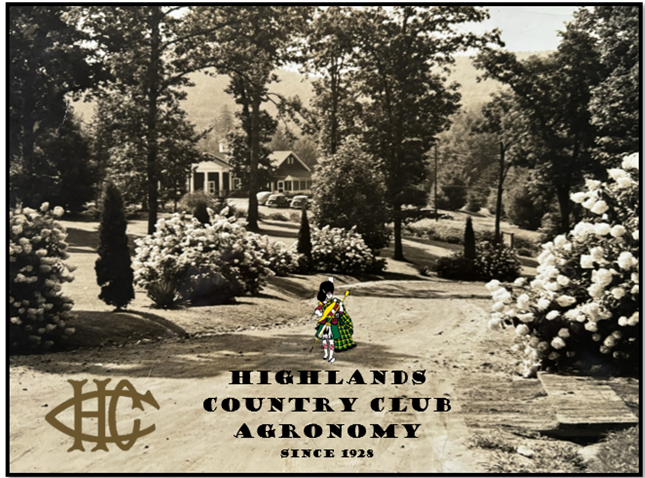In early spring, we did an experiment using Fine Fescue sod around our 2-track cart paths. However, it didn’t work out as well as we hoped because it stayed too wet and also didn’t hold up to traffic either. Rather than look at the weak turf all season, we pulled the trigger and are replacing the turf with Kentucky Bluegrass today. This morning, 9 pallets of sod was delivered to the club, which officially wraps up all sod work for the year.
I want to recognize our landscape tech, John Branson, for the job he’s doing with the planters around the Club facilities. This is the first time we ever tackled this in-house. Historically, we contracted this out to a local individual. Now that John is comfortable in his position and duties after a full year on the job, he felt like this is something he could manage. It’s refreshing to see the excitement and appreciation he has for his position. When you see John out and about during the day, don’t hesitate to say hello!
It's not what it looks like. It's sediment from the lake.
Finally, we are continuing to sample sediment from the lake behind the LEC. While it seems simple, the type of sediment in the lake will determine which method is used to remove the sediment. Heavy sands or rocky sediment is not easily removed by way of hydraulic dredging. If the sediment is overly sandy, mechanical dredging may be more economical rather than hydraulic dredging. However, in my opinion, hydraulic dredging would be the preferred method because it’s much cleaner and doesn’t present the same risks that mechanical dredging can. These samples are being analyzed by a laboratory in Tampa, FL.



